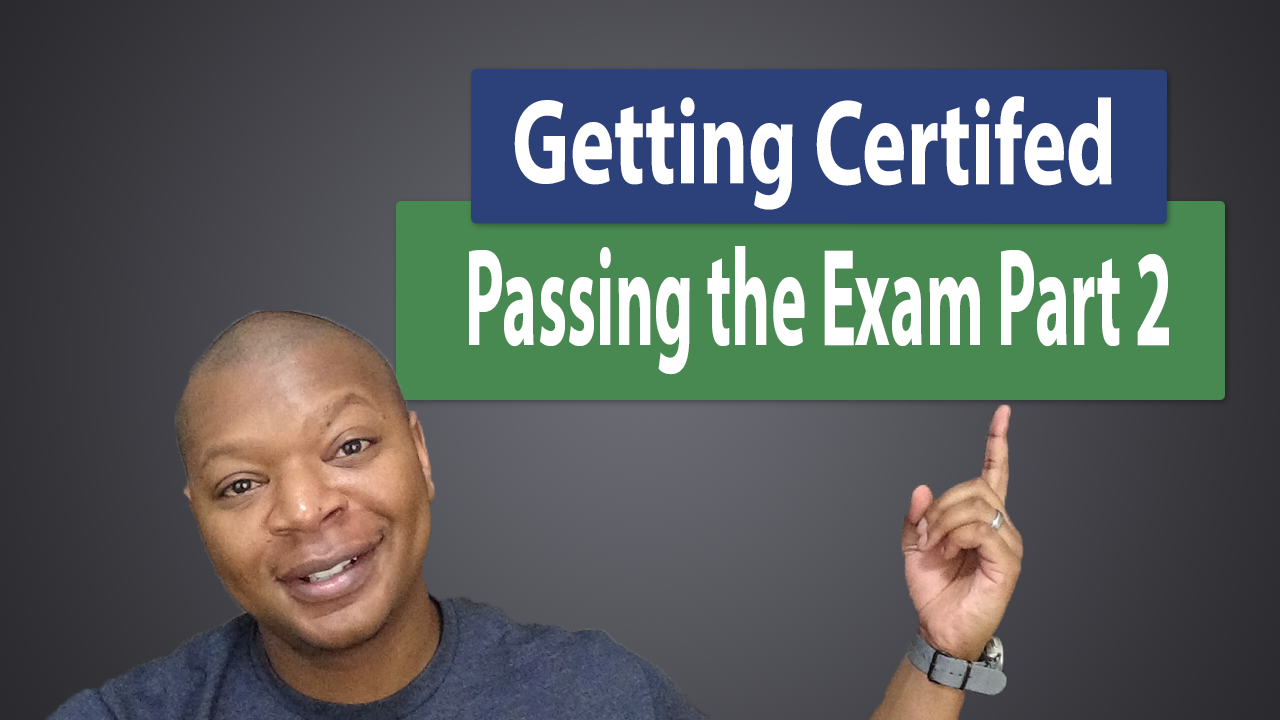Part II: Benchmarking Your Progress
Practice Makes Perfect
The best way to know if you can do something (like passing a test), is actually doing it. In the past, my strategy for taking practice tests was to answer all the questions, then review all the questions with the material to see which I got right or wrong. This time around I tried something different.
I Studied Like A Sprinter!
 Well, not really like a running sprinter, but like an agile sprint. Instead of seeing what I got right or wrong, I just checked the score. Of course, it helped that I had an automated test engine (which came with the book) on a CD, so it did the grading for me. My methodology was to read through a section/chapter and then take the section practice test. I did this for every section, and if you just read the section (I also outlined as I read to more actively study) you should do fairly well on the section test. You can either do the automated ones on the CD or use the questions at the end of each chapter. After I got through all the sections, I took the mock exams (50 questions).
Well, not really like a running sprinter, but like an agile sprint. Instead of seeing what I got right or wrong, I just checked the score. Of course, it helped that I had an automated test engine (which came with the book) on a CD, so it did the grading for me. My methodology was to read through a section/chapter and then take the section practice test. I did this for every section, and if you just read the section (I also outlined as I read to more actively study) you should do fairly well on the section test. You can either do the automated ones on the CD or use the questions at the end of each chapter. After I got through all the sections, I took the mock exams (50 questions).
This is the study guide I used that had better than awesome practice tests >> CBAP Certification Study Guide w/ Test Engine CD
The study guide I used had 4 mock exams, 2 for the CCBA and 2 for the CBAP. I focused soley on the CBAP exams because they were harder. The first time around I got around 60%, which is terrible, but I used it as my benchmark. I didn’t check any answers so I was never sure which I had gotten right or wrong. Then I would study for 3-7 days and take the other exam. I kept redoing this cycle over and over and my scores started increasing. It was also a way for me to gauge if my study techniques were effective.
My Study Methods
I had two primary study methods. The first was flash cards. I had two sets. I had handwritten note cards for all the terms in the glossary. I preferred to use the definition side, as my question so I could start learning all the BABOK terms, so I could recognize them during the test. My other set was via StudyBlue which is an awesome flashcard site that has apps for iPhone, iPad, and Android. It scores you and tracks your learning progress too. This set grew gradually as I memorized. I used a snowball style. It went kind of like this..
- Round 1: Name the 6 Knowledge Areas and 6 Competency Areas (round 1 didn’t take long)
- Round 2: Name all the tasks related to knowledge Area
- Front: Knowledge Area
- Back: Related Tasks
- Round 3: Recognize the inputs, outputs, techniques, and elements for each task
- Front: Listing of all related items (for example all the inputs of a particular task)
- Back: Task + Type (input, output, technique, or element)
For example, it’s easier to see three items and know that it’s the input for a particular task than it is for me to give you a particular task and you spit out the 3 items. The smart thing to do is start the easy way, then switch to the hard way. I didn’t, and I’m sure I lost a few points on the test because of it.
Every time I got through a batch of cards, I retested myself.
The Weekend Before The Test
Before the test itself, I walked through the entire book again outlining from scratch to get all the relationships, side notes, and so forth fresh in my mind.
